HEALTH
Flowing Lava from Mauna Loa’s Fissure 3 Lava Channel
Published
2 years agoon
More From Sci + Tech
-


Ancient Amphibian Ancestor Named After Kermit The Frog After Fossil…
-


Origami-inspired robot gripper developed by MIT’s Computer Science and Artificial…
-
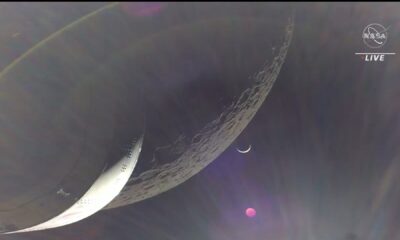

Feed from NASA Orion Capsule Shows the Dark Side of…
-


Russian Soyuz Rocket Launch Carrying NASA Astronaut Tracy Dyson, Russian…
-
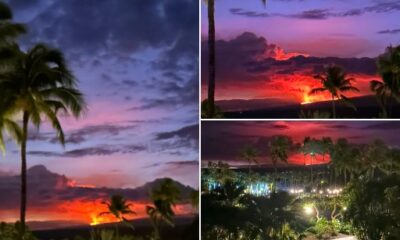

Mauna Loa erupting at sunrise is literally the most amazing…
-
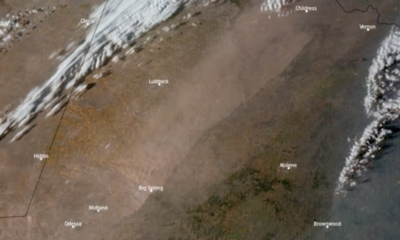

A broad area of dust stretching across Texas this afternoon…
-
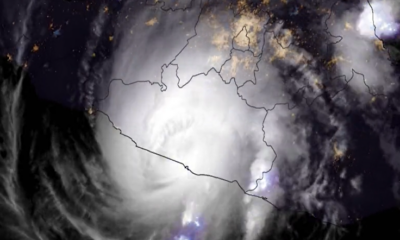

Otis slammed into Mexico as a powerful category 5 hurricane.…
-
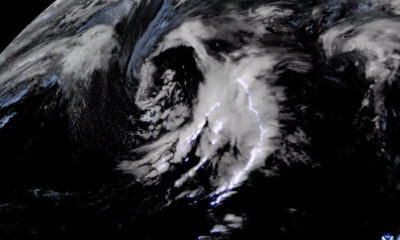

“Tons of lightning associated with a low pressure system north…
-
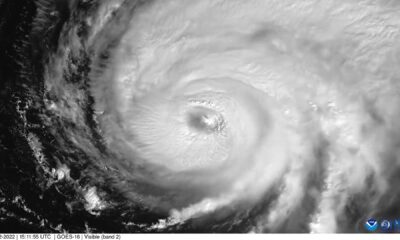

Satellite shows Hurricane Fiona as it continues to move towards…
-


Ophthalmologist Explains Why Solar Eclipse Glasses Are Needed For Eye…
-
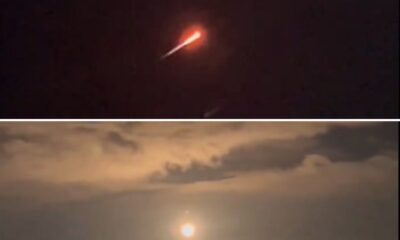

SpaceX Launch — in Cocoa Beach — for this launch…
-


World’s first living recipient of a genetically-edited pig kidney transplant,…
